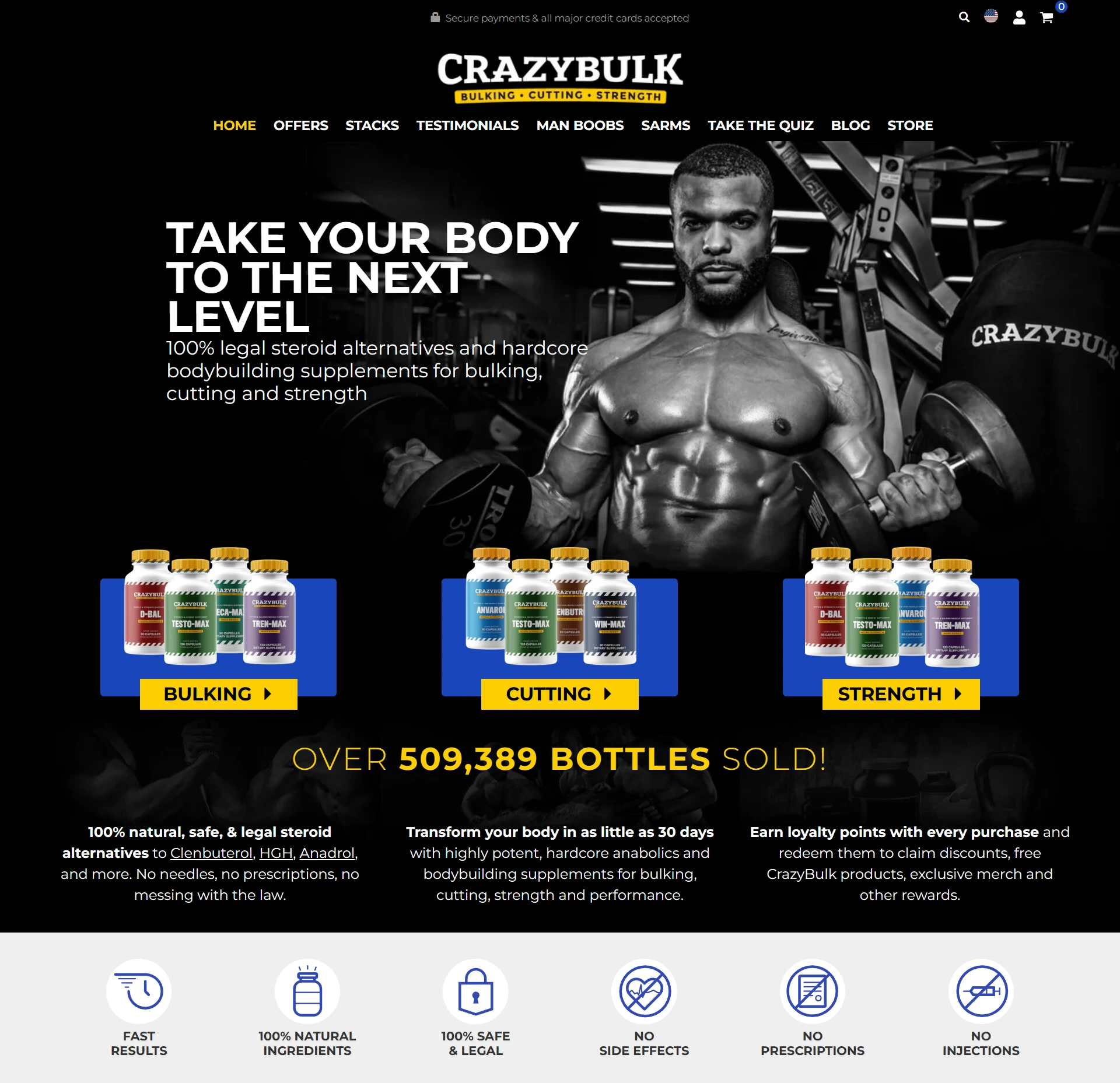Click here For VISA Application

Your doctor may recommend injections, skin patches, topical gels, capsules or implantable pellets. Treatment will depend on your unique situation and individual needs. If you think you may have low T, let your doctor know so you can get tested as soon as possible. Remember, while low testosterone can cause a variety of uncomfortable symptoms, you don’t have to suffer from it forever.
Most testosterone is protein-bound in the circulation and the unbound free testosterone (FT) represents only 2–4% of the total. Men with obesity and insulin resistance may have very low SHBG levels; hence normal FT despite having a low total testosterone. Conversely, men with high SHBG levels may have low FT despite normal total testosterone. On average, a testosterone level of 300–1,000 nanograms per deciliter (ng/dL) of blood is normal. Hypogonadism – reduced testicular function – generally occurs when the total testosterone is less than 300 ng/dL.
In men, testosterone levels increase from puberty to adulthood and then progressively decline starting by the fourth or fifth decade of life (4). One small study investigated this question by looking at groups of men across different age groups who were in "very good or excellent health" (5). The authors found no statistically significant difference in serum total testosterone levels across the cohorts grouped by decades of age. Their data support the idea that "the decline in serum T with male ageing is a non-specific effect of the common co-morbidities that accumulate during ageing" (5). Because of circadian variations in testosterone levels, serum testosterone measurement should occur in the morning, or within two hours of awakening in shift workers (Figure 19 ).
This might include additional blood tests, and sometimes imaging such as a pituitary MRI. Testosterone is a hormone responsible for many important functions, including bone and muscle development, emotional regulation, red blood cell production, sex drive, and sperm production. In people with testes, testosterone levels increase dramatically during puberty but gradually decrease in mid-adulthood as a part of the aging process. Testosterone levels decline on average about 1% a year after age 30.
However, an increased presence of testosterone in a woman's body during exercise helps women to train. In addition, testosterone helps muscles recover faster, which benefits overall exercise progress. Treatment of low testosterone in hypogonadism is a fully accepted therapy. Discuss your testosterone levels, symptoms, and side effects of treatment with your doctor to establish whether you should receive therapy and what are the side effects of testosterone replacement therapy (emotionsclinic.com) form of therapy.
As such, identifying modifiable risk factors that may lead to hypogonadism should be an early step in patient evaluation as correction of many of the aforementioned conditions may mitigate the need for TRT. Patients with obesity, poorly controlled diabetes, or opioid usage should be counseled on weight loss, diet, exercise, and drug abuse before starting testosterone replacement therapy (TRT). While there is evidence that T may reduce HbA1C, lower BMI, and reduce waist circumference other studies have not shown any change in HbA1C with testosterone compared to placebo (39). Failure to recognise and treat men with hypogonadism may predispose them to long-term health problems, such as anaemia, osteoporosis, depression, or sexual dysfunction.
Many men with low testosterone levels report that they feel better and have more energy while taking testosterone. If you have low T, there could be an underlying cause that isn’t directly linked to aging. For example, sleep apnea, obesity, diabetes, certain medications, high cholesterol, high blood pressure, injuries and excessive alcohol use can cause low testosterone. In many cases, identifying and treating your underlying cause or condition may result in improvements in your testosterone levels. Also, lifestyle changes such as abstaining from drinking alcohol, exercising regularly or changing certain medications may further improve your testosterone levels. Testosterone deficiency is more common in men who are overweight or obese.
Polycythemia can be a side effect of TD treatment, so it is helpful to get baseline values during diagnosis. Both tests are done in the early morning because a man’s testosterone levels fluctuate throughout the day. The protocol of testing in the morning keeps measurements consistent. If there is a problem with the pituitary gland, the testicles might not get the "message" to produce. Low testosterone is diagnosed by measuring testosterone levels with a blood test. Testing first thing in the morning is recommended as this is when males generally have the highest level of T circulating in their bodies.
No Data Found!

